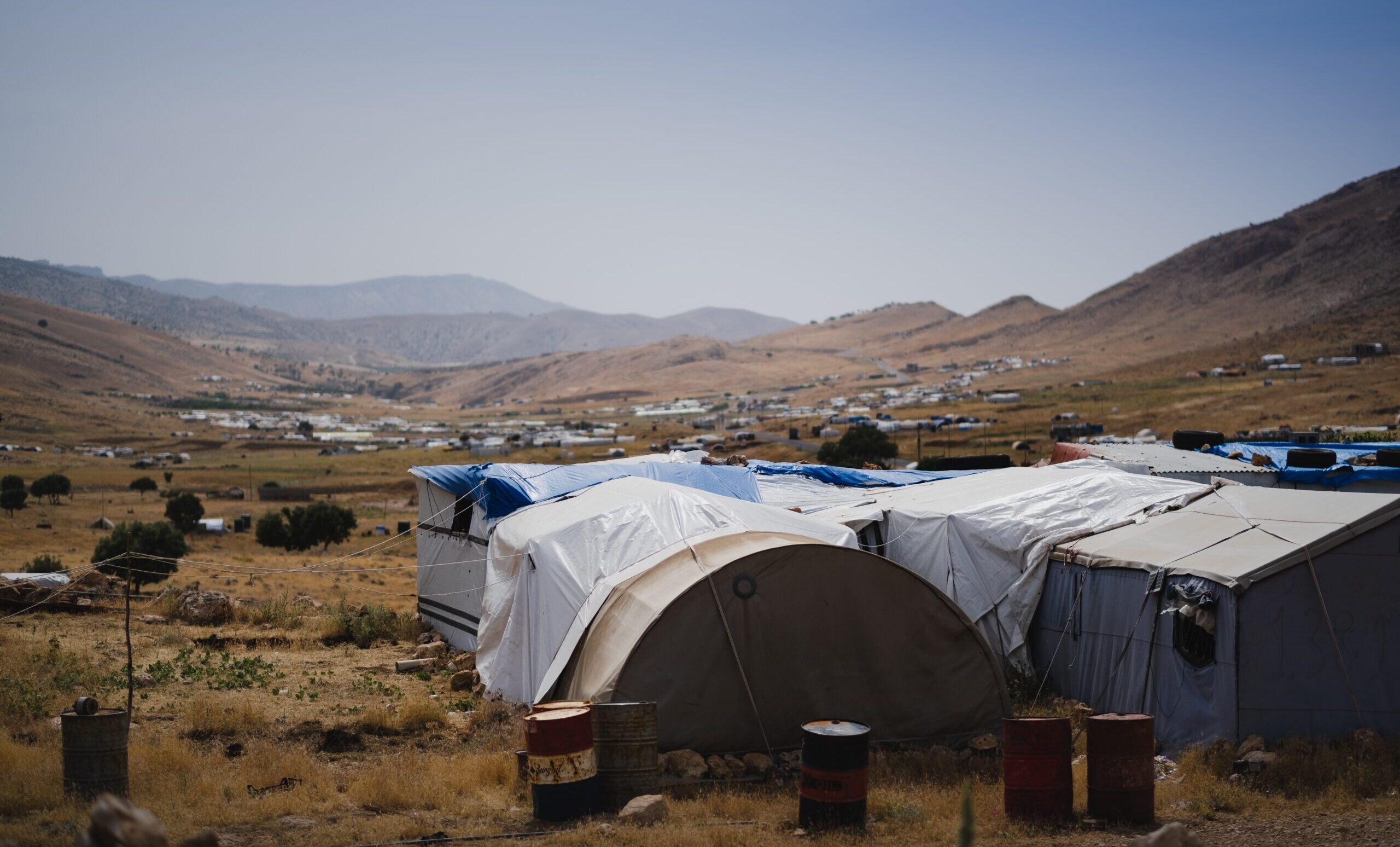Our News
Climate Change & Environmental Refugees

Photo by Levi Meir Clancy on Unsplash
In the past year, our planet has witnessed a relentless series of disasters, each serving as a sobering reminder of the urgent climate crisis we face. From catastrophic flooding in Pakistan and the Democratic Republic of Congo, to drought-linked famine in East Africa, and raging wildfires in Canada – the impact of the climate crisis was evident everywhere.
Climate change has intensified the severity and frequency of natural disasters, displacing millions worldwide and exacerbating existing social and economic inequalities. As we observe World Refugee Day (20th June) and UK’s Refugee Week (19th-25th June), a time dedicated to celebrating the strength and resilience of refugees, it is crucial to reflect on the profound implications of climate change in displacing communities.
‘Climate refugees’, also known as ‘environmental migrants’, are individuals who have been forced to leave their homes due to environmental disasters or the gradual degradation of their local ecosystems caused by climate change. They often face a combination of environmental, social, and economic factors that make their living conditions untenable. This can include the loss of their homes, livelihoods, and access to basic resources like water and food.
According to UNHCR, the UN’s refugee agency, an average of 21.5 million people were displaced annually between 2008 and 2016 by climate change-related events, such as floods, storms, wildfires and extreme temperatures. A 2020 Institute for Economics and Peace forecast predicts that 1.2 billion people could be displaced by 2050 if natural disasters continue at the same rate.
The climate crisis is a human crisis
Climate change is our collective crisis. The historical and ongoing contributions to greenhouse gas emissions vary greatly among countries. However, the countries least responsible for creating the climate crisis are projected to bear the most impact. More often than not, people living in marginalised communities in the Global South are the most affected by climate-related disasters. Limited access to resources, inadequate infrastructure and social exclusion, make them more susceptible to the impacts of the climate crisis, leaving them with fewer or no options to adapt or recover.
In addition, climate refugees often face legal and policy gaps, as current international legal frameworks, such as the 1951 UN Refugee Convention, do not specifically recognise climate displacement as a protected status. The 1951 Convention defines a refugee as someone forced to flee due to a well-founded fear of persecution or violence for race, religion, nationality, membership of a particular social group or political opinion. Unfortunately, this definition does not cover most climate refugees. While there are more recent documents, like the Global Compact for Safe, Order and Regular Migration, that recognise climate change as a factor in driving migration, it does not outline any special legal protection for those affected.
This lack of recognition and protection limits their access to legal remedies, humanitarian aid, and long-term solutions. Consequently, the responsibility often falls upon governments and countries to make decisions, and as seen in the case of the Ukraine war — nations are often willing to welcome some people in need and not others. For instance, a Sudanese refugee is stranded on the Polish border, while Poland actively accepts and supports over 1.8 million Ukrainian refugees. Similarly, Greece has been accused of pushbacks against potential asylum seekers, thus violating international laws for years. Just last week, a tragic shipwreck took place in Greek waters, involving refugees from Syria, Pakistan, Egypt and Palestine, where 78 people are confirmed to have died and up to 500 people are still missing. The question now becomes: how will countries respond when more floods, droughts, cyclones, and overall climate catastrophe erupts?
The Solution?
Climate mitigation and collective action
Addressing the impact of climate change requires a collective effort at the local, national and international levels. Governments, NGOs, and civil society must work together to develop comprehensive strategies that integrate climate change mitigation, adaptation, along with humanitarian responses.
Legal frameworks should be developed to protect and assist climate refugees, ensuring they receive the necessary support, including access to healthcare, education, and livelihood opportunities. Providing safe and dignified pathways for migration and resettlement is crucial.
Moreover, we need to tackle the root cause of climate change — greenhouse gas emissions. Transitioning to clean and renewable energy sources, promoting energy efficiency and adopting sustainable practices across all sectors is more important than ever. The fewer greenhouse gases we emit, the less of an impact climate change will have on communities.
The need for Carbon Literacy®
Climate change presents an unprecedented challenge to society, and the resulting displacement of communities serves as a stark reminder of the urgency for action. Education about the causes and impacts of climate change is vital in mobilising action. Carbon Literacy helps individuals understand the complex and interconnected nature of climate change. It provides a foundation for understanding the environmental, economic and humanitarian implications of climate change. This knowledge encourages active engagement and participation in climate action, including advocating for policy changes and supporting climate initiatives. By prioritising Carbon Literacy, we can collectively work towards a more sustainable and just future, reducing the impacts of climate change and supporting those affected by it, including climate refugees.